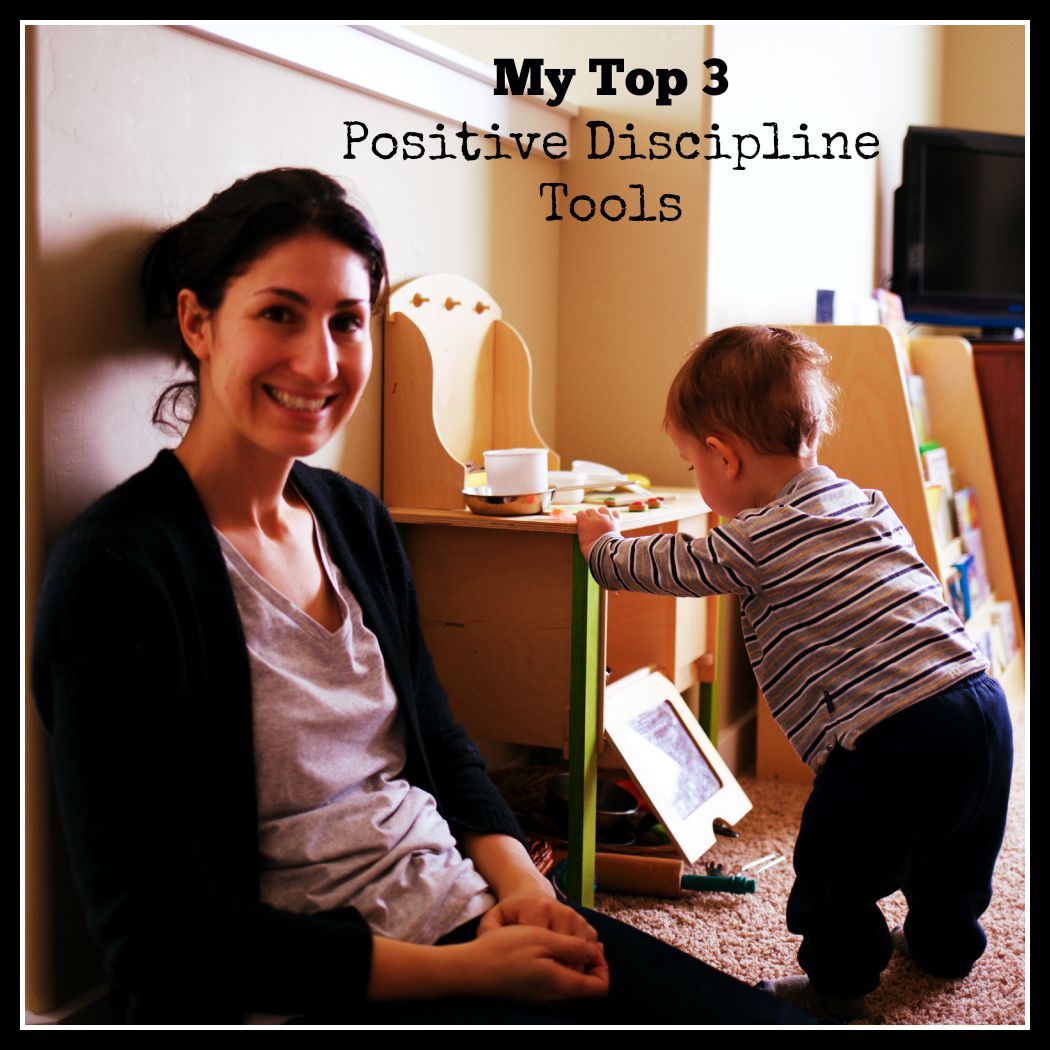Parenting is a lot like learning to drive in Montana winter weather. In the most heart-pounding moments, you are told to go against your natural instincts.
As a Californian, when I moved to Mt, I told my husband I was really scared of driving in the snow. My husband gave me 3 small but challenging tips:
- Just drive slow and steady. Ok. I can do that.
- IF you have to break, don’t let your reflexes slam down the pedal. Resist your nature and pump the breaks instead. Getting a little bit harder to picture doing in the heat of a scary moment.
- If you happen to have a deer jump out faster than you can break, it’s better to hit the dear than to swerve and likely roll your car. What?! That does not seem right? That would go against every bone in my body.
The same is true in parenting. In the most heart-pounding moments, it’s often more effective to go a bit against your natural insticts. But it is definitely worth it! When I notice my child isn’t listening, my instint is often to repeat myself or speak louder and louder until I’m yelling, and eventually maybe even resort to some threat/intimidation tactics to GET HIM TO DO what I have TOLD him to do! Not usually as affective as getting down to the child’s eye level and connection before correction, asking instead of telling, or deciding to stop trying to MAKE them do something, and instead deciding what you will do and following through. I’ll tell you a bit more about all of these parenting tools in a moment.
These are 3 of my favorite parenting tools and they come from Positive Discipline, created by Jane Nelsen and Lynn Lott. Even though they are challenging often in the heat of parenting moments, they are the most effective long-term.
- Connect before you correct.
Picture this challenging moment: I’m walking to the car with at 5pm with a 1 year old. I lift him towards the car seat and am met with a bone curdling scream in my ear a hip thrust forward and kicking legs. One of his legs kicks me in the side of my stomache. I am frustrated!
I’m tired from a long day, I just want to get home to eat dinner and enjoy the help of my husband, who should be home from work when we get there. This is NOT what I want to be dealing with.
Everything in me wants to scold him and tell him his behavior is unacceptable! I want to say, “You WILL get your bottom in that chair because there is no other option.”
Instead, I pause to connect before I correct.
I pull him away from the car seat, back onto my hip so I can put a hand on his back as I speak softly. I say something like “whoa, whoa, whoa. Hold on a moment. I can tell you don’t want to go home. You were having so much fun in our music class weren’t you? That was such a fun time! It’s hard to leave places that are so fun, huh?” With each word and stroke of his back, I feel his body relax incrementally, appreciating the validation.
Then, I continue with correction. “But wait. Let’s look. Look at the other kids getting into their cars. The class is done. No one is staying here. We are all headed home to see mommy’s and daddy’s and have dinner. And we get to come back next week for music again. Let’s go home and see daddy!” He nods and I lift him towards the car seat with no resistance at all. We buckle up and head on our way. Really only 2 minutes were lost in the time it took to connect before correction of his behavior. And it was well worth it.
Jane Nelsen says, “Children learn best when they feel connection. Extensive research shows that we cannot influence children in a positive way until we create a connection with them. It is a brain (and heart) thing. Sometimes we have to stop dealing with the misbehavior and first heal the relationship.”
- Asking instead of telling.
A “Telling” parent says:
“Go brush your teeth. Get your coat. Stop fighting with your brother.”
An “Asking” parent addresses those same situations with curiosity questions:
“What do you need to do so your teeth don’t feel scuzzy? What are you taking so you won’t be cold outside? How can you and your brother solve this problem?”
It’s a major shift in how we teach our children. Teaching doesn’t have to involve the adult doing all the thinking. *In fact, it’s WAY better if the adult isn’t doing the majority of the thinking. Curiosity questions are a way to use dialogue to get the child’s brain to have to think about the answer. It’s much less likely to trigger the child tuning you out, or resisting with “No”.
- Decide what you will do, & Follow-Through.
Instead of trying to MAKE a child do something. There are times you can Just decide what you will do and follow through.
“If you throw that toy, I will put it away”, “I am going in the other room until you are done screaming”, “When your shoes are on, then I am happy to take you to the park.”
Connect before you Correct, Asking instead of Telling and Deciding what YOU will do & following through. These are all parenting tools that I believe are challenging to our natural instincts, but will help you get through the storms of parenting with the outcomes you really want.

Leave a Reply